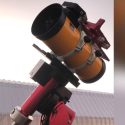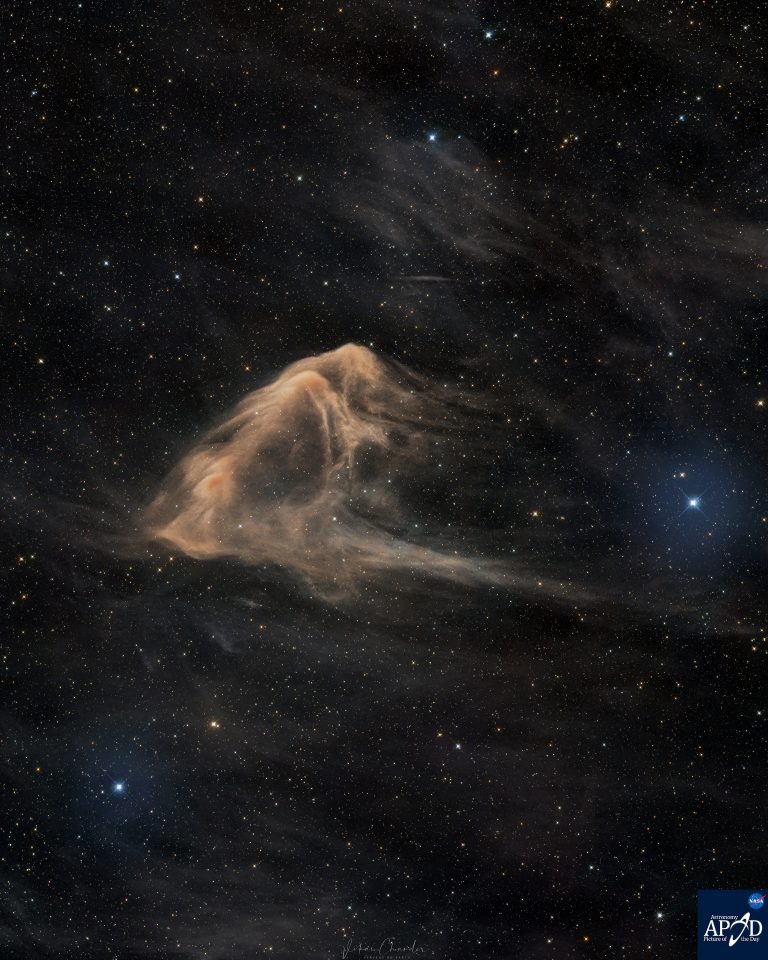Vikas Chander Astrophotography
Stingray Nebula
LBN 86
Telescope : Takahashi E160ed
Camera : ASI ZWO 6200mm Pro
Mount : Software Bisque Paramount MX+
Focal length : 528mm
Fov : 234 x 156 arcmins
Image Scale : 1.47 arcsec/pixel
Observatory : Deep Sky Chile
Filters: Astronomik RGB
R 79x5m G 77x5m B 86x5m
Integration: 20h10m
RA : 19h57m44s
Dec : -14°28′42″

Our ancestors, when viewing the night skies above them coined imaginative names for them and many of these names were based on mythical figures and animals. Canis the dog, a Big bear, the Scorpion and the Chamaeleon amongst so many others, so much so that 42 out of the 88 constellations were named after animals. Ancient astronomers who were able to peer into the night skies with their rudimentary telescopes, followed up with even more imaginative names such as the Tarantula Nebula, the Dolphin Nebula and the Tadpole and Butterfly galaxies. Keeping up with tradition, I would like to anoint SH2-63, a hitherto unnamed nebula as the Sting Ray nebula, for it appears to my mind’s eye as a Myliobatidae swimming in a cosmic sea… Dark nebulae are interstellar clouds that contain a very high concentration of dust. This allows them to scatter and absorb all incident optical light, making them completely opaque at visible wavelengths. They are notoriously difficult to capture in camera and requires long integrations, fast scopes and really dark skies. Luckily for me, my fast F3.3 Takahashi E160ed scope is located in an observatory in Chile, and allows me to capture great data on dim targets such as this…
© Vikas Chander All rights reserved Copyrights

